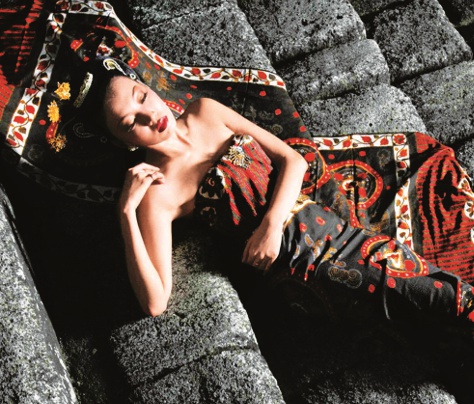In collaboration with Convergence, VOICE OF ASIA is proud to present timeless articles from the archives, reproduced digitally for your reading pleasure. Originally published in Convergence Volume 17 in 2013, we present this story on the making and beauty of batik.
Batik has worldwide popularity. Batik or cloth with traditional batik patterns is found predominantly in South East Asian countries like Malaysia, Indonesia, Brunei and Singapore, but is also common in places like Nigeria, Senegal, Egypt and Sri Lanka as well. The craft of batik is intertwined with cultural identity, and aside from the symbolic meanings of its colours and designs, it is an expression of an artist’s creativity. Convergence looks at this versatile cloth and some of the elements that go into its making.
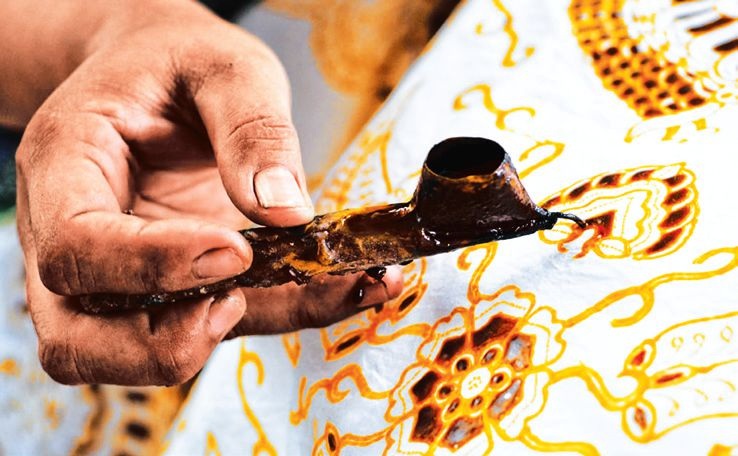
Wax On, Wax Off
Melted wax, usually a combination of paraffin wax and beeswax, is applied to the cloth, which is done either by a tjanting or pourer to ‘draw’ the outline, or by stamping using a pre-carved pattern block. After the applied wax has hardened, the fabric is dipped into a dye solution. The areas that have been waxed prevent the dye from attaching to that part of the cloth, resulting in a pattern. The wax is then removed with hot water. For some of the more intricate designs, these steps are repeated, using dyes of different colours.

The tjanting is a small container with a spout at the bottom, attached to a handle. The container is filled with molten wax, and at the correct angle the wax pours out of the spout, which can be as small as 5mm for more delicate designs. Multiple spouts are used to produce parallel lines. Because the drawing has to be done with great care, this method is time-consuming, but the designs are more intricate and spectacular.
Using a pattern block, which can be made of wood or copper, is faster, and with a handle on top it can be used repeatedly. During the wax application process, the block is dipped in wax and pressed onto the cloth, similar to block printing. The repeated patterns on the batik are just as beautiful as the hand drawn ones, but are produced much faster.
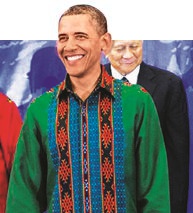
For special occasions, gold paint is applied. Traditionally, the batik was decorated with gold using gold dust or gold leaf, applied to the cloth using a glue made of egg white, linseed oil and yellow earth. A cloth with gold added to it is known as Prada cloth (Not to be confused with the luxury brand of the same name).
Mark of Culture
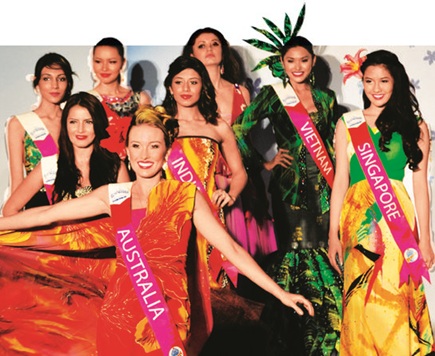
Certain patterns of batik were only worn by nobility. The width of the stripes or wavy lines indicated the rank of the wearer, the thicker the stripes, the higher the rank. Because of this, in the past it was possible to tell the lineage of a person based on the clothes they wore. Certain batik designs were reserved for men. Others were only used for certain ceremonies, and should not be worn for the occasion they were not designed for. For example, it would be most improper to wear a batik shirt designed for funerals when attending a wedding.
Many Javanese rituals also include the batik, such as Naloni Mitoni, a ceremony in which a woman who is seven months pregnant is wrapped in seven layers of batik and doused with water for good luck. Another ritual involving batik is Tedak Siten, a ceremony held after a child learns to walk, and the child is clothed in batik near the end of the ceremony. Newborns are still carried in batik slings, with patterns and symbols designed to attract luck. Batik is also used as a funeral shroud.
There are other cultures in which the batik is important. For example, it is also part of the culture of the Hmong in Laos, where mothers teach their daughters batik and embroidery skills because their aptitude in these skills improves their chances of getting married.
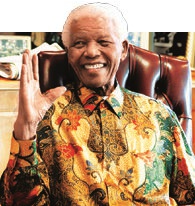
Diverse and Unique
The diverse patterns of batik usually reflect the culture it originates from. In different regions, unique patterns have evolved, taking inspiration from daily life. For instance, the Pesisir batik from Java are vibrant pieces that have Javanese, Arabic, Chinese and Dutch influences, while those from Koh Samui island in Thailand usually show themes like tropical trees and flowers which are abundant there.
Popular and widely used motifs include leaves and flowers, and butterflies and fish,varying according to those that are indigenous to the region the batik is from. Some regions use folklore as a motif, including using mythical creatures like phoenixes and dragons. Other popular motifs are geometrical motifs such as triangles and spirals.

Wide Range of Use
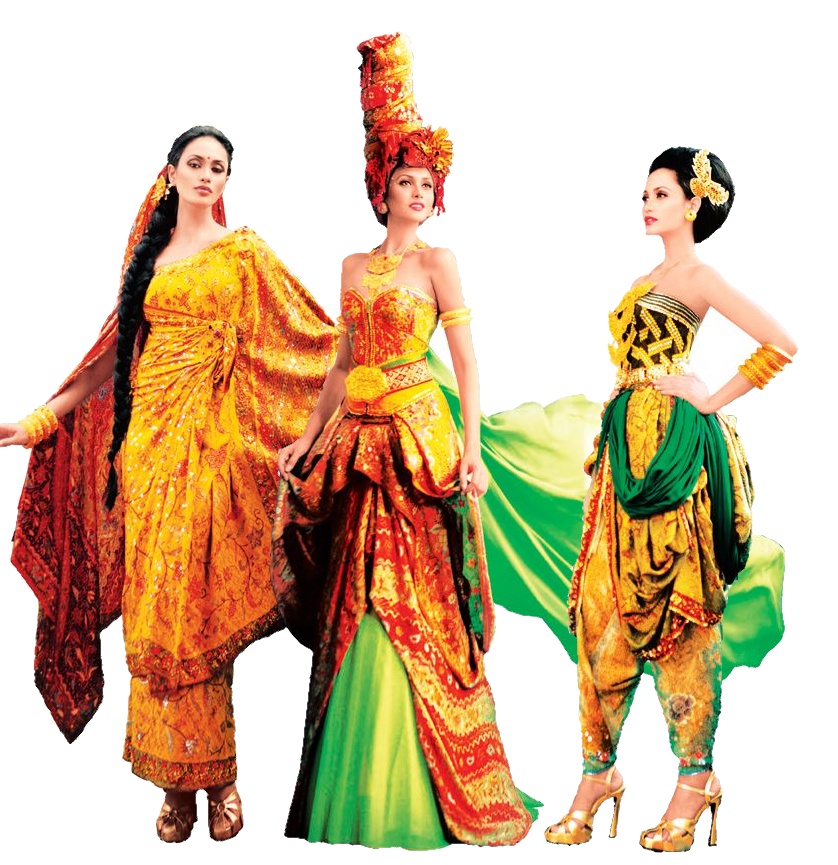
In many places, the batik is often used for casual, everyday wear as sarongs or shirts, or for something more formal. Batik shirts can be worn to replace a suit on formal occasions, lending vibrancy and colour to the event, or be worn by men to work. The Kebaya, a traditional blouse dress combination with batik motifs, is also very acceptable as evening wear and is also worn by women to work. Currently, the stewardesses from some of the national airlines from Indonesia, Malaysia and Singapore use batik prints in their uniforms.Aside from being worn as hats, sarongs, shirts and dresses, batik can also be used for decorative items such as handkerchiefs and tablecloths. There are also artists who make batik paintings and other art pieces.
From the traditional colours of indigo, dark brown and white, representing the three major Hindu gods, Brahma, Vishnu, and Shiva, to the wide spectrum of colours used today, the variety of patterns and sources of inspiration that makes each piece a conversation starter have ensured the continued popularity of this style of cloth. Batik has spread to many parts of the world, gaining worldwide recognition, and is currently listed as an Intangible Cultural Heritage of Humanity by UNESCO. It is also a vivid and colourful way to express your personality.


